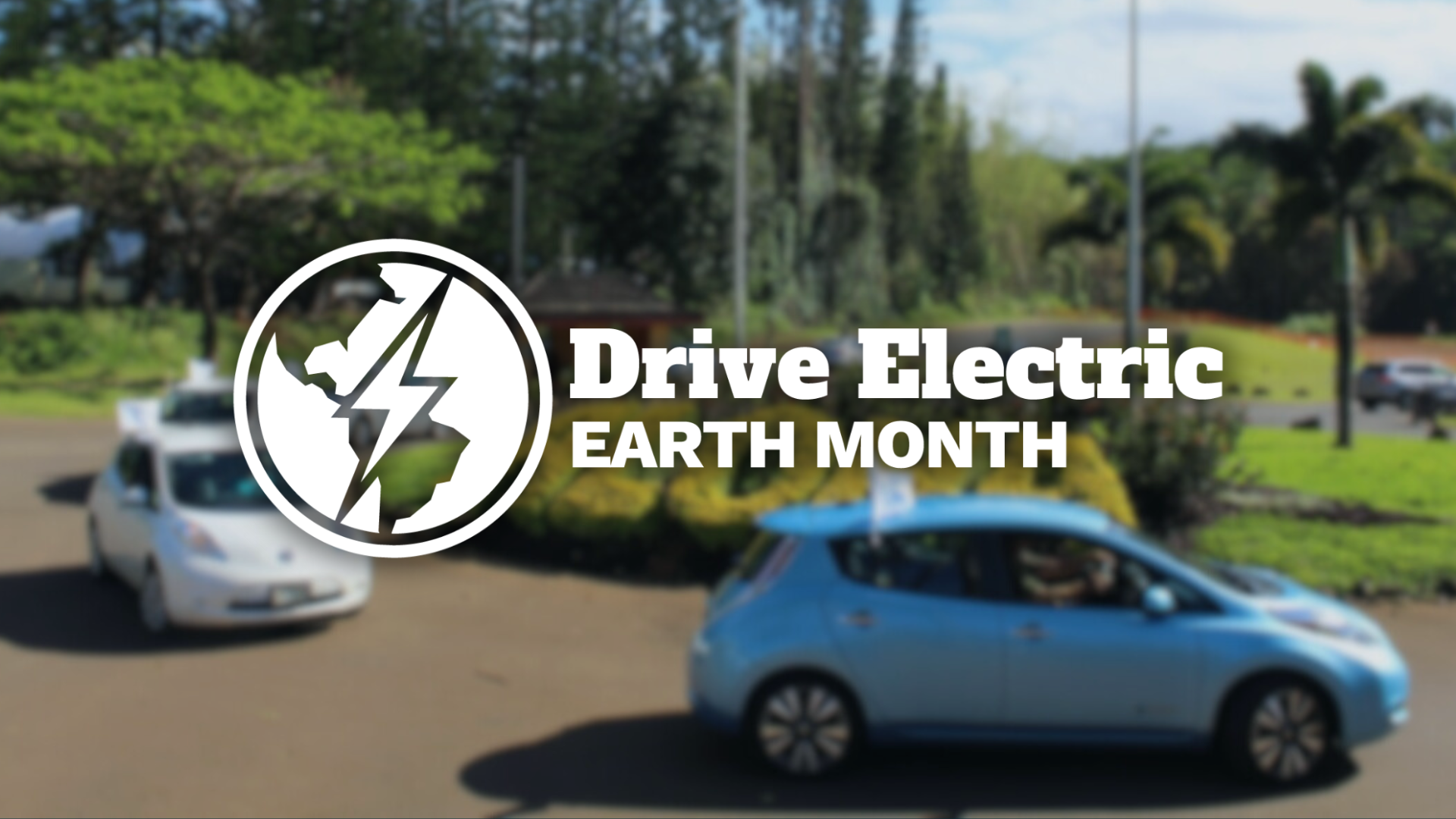There is interest in having electric vehicles participate in the grid in an active, bi-directional way, referred to as vehicle-to-grid or V2G. Instead of firing up expensive on-demand generators that burn fossil fuels, perhaps we could use EVs as a power source to handle demand spikes in a way that could save utilities (and thus consumers) money and reward EV owners for their participation. There are many issues involved, including how much the utilities should expect to pay EV owners for the use of their battery packs.
To start the conversation, we have analyzed data from the Plug In America EV Battery studies to estimate what it would cost an EV owner in battery pack wear when the utility cycles power in and out.
We have battery pack replacement costs for the LEAF and Model S which currently fall around $300 per kilowatt-hour (kWh) of capacity.
From the Plug In America battery surveys and other data, we can estimate how the battery pack capacity gradually declines with miles driven for each vehicle model. If we assume the owner will choose to replace the battery pack at a certain capacity level, we can estimate how many miles will be driven on average before reaching that level. The Model S has a trip meter than gives kWh drawn from the pack, so we can estimate total energy draw to a given capacity level. For the LEAF, EPA data is used to convert miles driven to total pack energy drawn. This analysis then gives us a battery pack amortization cost associated with cycling each kWh through the pack.
For each vehicle, we consider battery pack replacement at either 70% or 80% of original capacity to figure out a per-kWh battery pack amortization cost. The results are shown in the chart below.

As you can see from the chart above, the LEAF and Model S suggest a battery amortization cost between $0.19 and $0.40 per kWh.
As batteries continue to drop in price, we expect these numbers will decrease, but this analysis suggests at least a starting point for considering the cost to owners for participating in a V2G program, and presumably owners will need to be compensated above their amortization cost to justify the inconvenience of early battery pack replacement.
EV owners may be wondering how this relates to driving. Letting the utility cycle one kWh out and back into your car is about the same, in terms of battery wear, as driving it between 3 and 4 miles, depending on the model and how you drive. We can use the EPA ratings to calculate how many miles can be driven for each kWh. When combined with the above data, we can see the the cost in battery wear associated with each mile driven. (Note that this is just a measure of the cost of using the battery, not considering any cost of purchasing the electricity to charge the battery or tire wear, etc.)

So a LEAF owner who plans to drive it forever, just replacing the battery pack as needed, should budget between 5 and 8 cents per mile for battery pack replacements. A similarly minded Model S owner should budget between 6 and 11.5 cents per mile.
How does this compare to a gas car? Edmunds.com says that, on average, a new $30,000 car loses $17,804 in value over 5 years and 75,000 miles of driving. That’s 23.7 cents per mile. For a $70,000 car, it’s $43,953 or 58 cents per mile. So, battery amortization cost is pretty small compared to typical gas car depreciation, which just adds to the money you save driving on cheap electricity.

